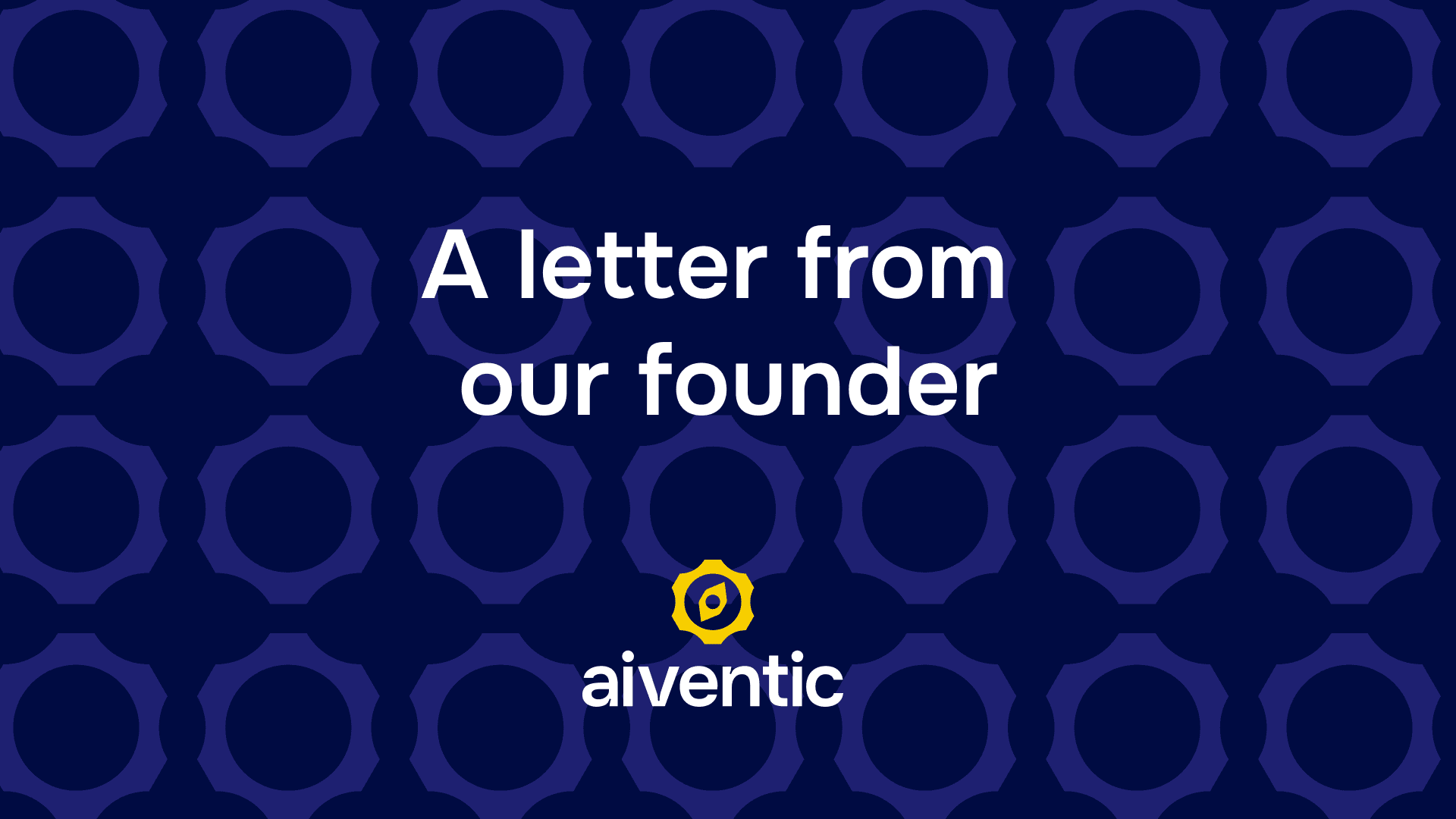Back
Nov 18, 2024
AI Driven Triage and Troubleshooting in Appliance Repair

Justin Tannenbaum
In today’s fast-paced appliance repair industry, staying competitive means embracing efficiency and innovation. Traditional troubleshooting methods, while effective in the past, often fall short in dealing with the complexities of modern appliances. The increasing sophistication of technology demands smarter tools to diagnose and fix issues faster. That’s where AI-driven triage and troubleshooting come in, revolutionizing the way technicians approach repairs by improving accuracy, reducing callbacks, and delivering better customer experiences.
Why Appliance Repair Businesses Need AI
The Challenges in Traditional Troubleshooting
Appliance repair technicians face numerous challenges that slow down their work and impact customer satisfaction. Diagnosing appliance issues often requires a trial-and-error approach, leading to wasted time and frustration for both technicians and customers. As appliances become more advanced, identifying the root cause of issues has become increasingly difficult. The result is longer repair times, higher rates of callbacks, and an overall decrease in efficiency. These problems not only hurt the bottom line but also strain customer relationships.
How AI Is Reshaping the Industry
AI-driven solutions are addressing these challenges by leveraging data and advanced algorithms to enhance the repair process. Unlike traditional methods, AI tools can analyze vast amounts of data in seconds, identifying likely causes and providing actionable solutions. They also adapt over time, becoming more accurate with each use as they learn from historical repair data. By empowering technicians with precise insights and recommendations, AI tools are not only streamlining repairs but also boosting first-call resolution rates and reducing errors.
What Is AI-Driven Triage and Troubleshooting?
Triage Explained: Prioritizing Problems Efficiently
The concept of triage, often associated with emergency rooms, involves prioritizing issues based on their urgency and severity. In appliance repair, AI applies the same principle, enabling technicians to quickly assess which problems need immediate attention and which can wait. By organizing and categorizing repair tasks, AI ensures that resources are allocated effectively, improving overall efficiency. This structured approach eliminates the guesswork, allowing technicians to focus on solving the most critical issues first.
How Troubleshooting Works with AI
AI troubleshooting tools provide a systematic, step-by-step process that guides technicians through diagnosing and fixing issues. These tools analyze symptoms, cross-reference them with historical data, and suggest the most probable causes and solutions. For example, if a refrigerator isn’t cooling, AI can evaluate potential causes like compressor failure or thermostat issues and recommend the next steps. This level of precision not only saves time but also enhances the technician’s confidence in delivering the right fix.
Key Benefits of AI in Appliance Repair
Improved Efficiency
AI-driven tools significantly reduce the time spent diagnosing and repairing appliances. Technicians can move quickly from problem identification to solution implementation, streamlining their workflow. By automating repetitive tasks like analyzing symptoms or checking for known issues, AI allows technicians to focus on higher-value work. The result is faster service, enabling businesses to take on more jobs and improve their bottom line.
Enhanced Customer Satisfaction
Satisfied customers are the backbone of any successful repair business, and AI helps ensure a better customer experience. With faster diagnostics and fewer callbacks, customers enjoy a smoother and more reliable repair process. Additionally, AI tools enable technicians to communicate more effectively with customers, providing clear explanations and timelines for repairs. These improvements build trust and encourage repeat business, giving companies a competitive edge.
Increased First-Call Resolution Rates
One of the most significant advantages of AI in appliance repair is its ability to boost first-call resolution rates. By equipping technicians with the right tools, insights, and parts before they arrive, AI minimizes the chances of needing follow-up visits. This not only saves time and resources but also leaves a lasting positive impression on customers. Businesses can allocate their workforce more efficiently, further increasing their capacity to serve more clients.
Real-Life Applications of AI Triage and Troubleshooting
Symptom-Based Diagnostics
AI tools excel at interpreting vague customer complaints, such as “the washing machine is making a strange noise” or “the oven isn’t heating properly.” These tools analyze patterns from similar cases and quickly identify the most probable causes. This capability reduces the time technicians spend diagnosing issues, allowing them to focus on repairs. Over time, AI systems become even more accurate as they learn from a growing database of repair data.
Parts Identification and Inventory Management
Finding the right replacement parts can be one of the most frustrating aspects of appliance repair. AI simplifies this process by linking symptoms and diagnoses to specific parts, ensuring technicians have what they need before arriving on-site. Many AI tools integrate with inventory management systems, automatically checking stock levels and placing orders when necessary. This reduces delays and helps businesses operate more smoothly.
Preventative Maintenance Recommendations
AI doesn’t just fix problems—it prevents them. By analyzing appliance performance data, AI tools can detect early signs of wear or malfunction and recommend preventative maintenance. For instance, an AI system might flag a declining compressor performance in a refrigerator before it causes a complete failure. These insights help businesses offer value-added services, enhancing customer loyalty and reducing emergency repair calls.
Choosing the Right AI Tool for Your Business
Features to Look For
Selecting the right AI tool is critical for reaping its full benefits. Look for solutions with a user-friendly interface that doesn’t require extensive training to use. Integration capabilities are also essential, ensuring the tool works seamlessly with your existing systems and workflows. Additionally, robust reporting and analytics features can provide valuable insights into your team’s performance and areas for improvement.
Examples of Popular Solutions
Leading AI tools like the Aiventic AI Assistant provide advanced features, including symptom triage, parts identification, and guided troubleshooting. Competitors such as Aquant and Marcone AI also offer specialized tools tailored to appliance repair. By comparing features and capabilities, businesses can choose the solution that best fits their unique needs.
The Future of Appliance Repair: AI and Beyond
How AI Could Shape the Next Decade
The appliance repair industry is just beginning to tap into the potential of AI. As technology advances, we can expect even more sophisticated tools that anticipate issues before they arise. Predictive analytics will likely become standard, enabling technicians to prevent breakdowns rather than just react to them. In the long term, autonomous repair bots might handle routine fixes, further transforming the industry.
Staying Ahead in the Industry
To remain competitive, repair businesses must embrace AI and other emerging technologies. Early adopters will gain a significant advantage, streamlining their operations and improving customer satisfaction. Investing in AI today isn’t just about staying relevant—it’s about leading the charge into a smarter, more efficient future for appliance repair.
Conclusion
AI-driven triage and troubleshooting are game-changers for the appliance repair industry. By adopting this technology, businesses can boost efficiency, reduce callbacks, and improve customer satisfaction. Don’t let outdated methods hold you back—start exploring AI-powered solutions like Aiventic AI Assistant to transform your repair processes and gain a competitive edge. The future of appliance repair is here. Are you ready to embrace it?
Justin Tannenbaum
Share this post





